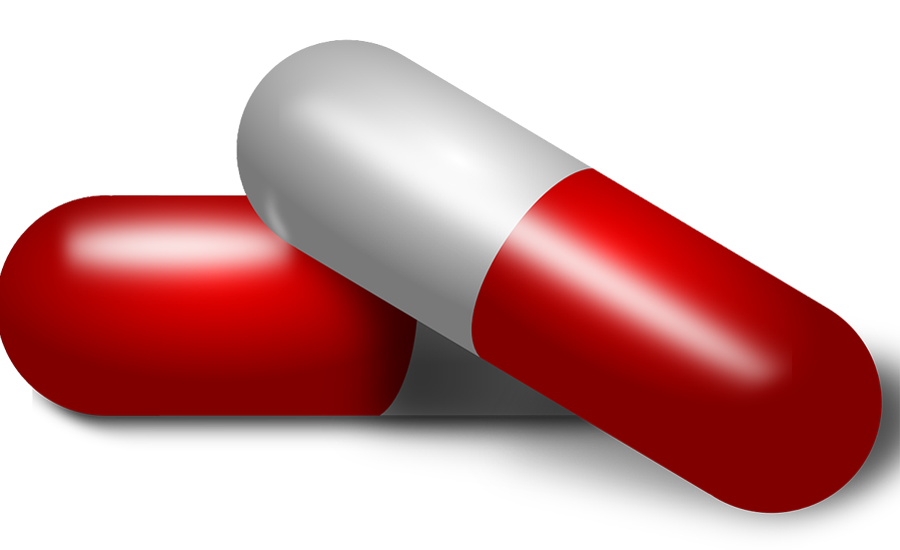New discovery may pave way for non-addictive pain relievers

Startling new research findings contradict conventional wisdom about opioids – and may help guide the design of pain relievers that do not produce addiction or other adverse effects produced by morphine and other opioid medicines.
Researchers funded by the National Institute on Drug Abuse (NIDA) used a novel molecular probe to test the assumption that opioids act only on the same surface receptors as endogenous opioids, which are produced naturally in the brain. What they found: medically used opioids also bind to receptors that are not a target for the naturally occurring opioids.
This difference between how medically used and naturally made opioids interact with nerve cells could have enormous consequences.
Pain management without side effects
“This ground-breaking study has uncovered important distinctions between the opioids that our brain makes naturally and therapeutic opioids that can be misused,” said NIDA Director Nora D. Volkow, M.D. “This information can be mined to better understand the potential adverse actions of medically prescribed opioids and how to manipulate the endogenous system to achieve optimal therapeutic results without the unhealthy side effects of tolerance, dependence, or addiction.”
Naturally occurring opioids and medically used opioids alike bind to the mu-opioid receptor, a member of a widespread family of proteins known as G protein-coupled receptors (GPCRs). Recent advances in understanding the three-dimensional structure of GPCRs have enabled researchers to create a new type of antibody biosensor, called a nanobody, that generates a fluorescent signal when a GPCR is activated. This enables scientists to track chemicals as they move through cells and respond to stimuli.
Using this nanobody, the researchers first showed that when a naturally occurring opioid binds to and activates the mu-receptor on the surface of a neuron, receptor molecules enter the cell inside what is known as an endosome. There, the mu-receptor remains activated over a period of several minutes, which itself was a new discovery, since it was believed that the opioid receptor is only activated on the surface of nerve cells. Proteins that interact with receptors on the cell surface control all sorts of biological processes and provide targets for therapeutic intervention.
Two more discoveries
With opioid medications, however, the researchers made two additional discoveries. First, there are large differences across a range of clinically relevant opioid drugs in how strongly they induce receptor activation in endosomes. Second, the opioid drugs uniquely induce rapid nanobody signaling, within tens of seconds, in an internal cellular structure known as the Golgi apparatus in the main body of the neuron. Further investigation showed that therapeutic opioids also uniquely activate mu-opioid receptors in related structures, known as Golgi outposts, in the long, branched structures of neurons.
Based on these findings, the researchers hypothesize that current medically used opioids distort the normal time and spatial sequence of mu-opioid receptor activation and signaling. This distortion may provide the mechanistic link that explains the undesired side effects of opioid medicines suggests new avenues for designing agents that do not produce addiction or other adverse effects associated with these drugs.
“This new biosensor opens our eyes to a previously unknown level of diversity and specificity in the cellular actions of opioids," said Dr. Miriam Stoeber, the study's first author. Dr. Mark von Zastrow, senior author of the study, added, “We were surprised to see that drugs such as morphine activate opioid receptors in a location at which naturally occurring opioids do not.”
NIDA notes that these findings are a result of basic research, which increases our understanding of human behavior and biology and is foundational to advancing new and better ways to prevent, diagnose, and treat disease. "Science is an unpredictable and incremental process — each research advance builds on past discoveries, often in unexpected ways," according to the agency. "Most clinical advances would not be possible without the knowledge of fundamental basic research."
About the National Institute on Drug Abuse (NIDA): The National Institute on Drug Abuse (NIDA) is a component of the National Institutes of Health, U.S. Department of Health and Human Services. NIDA supports most of the world’s research on the health aspects of drug use and addiction. The Institute carries out a large variety of programs to inform policy, improve practice, and advance addiction science. Fact sheets on the health effects of drugs and information on NIDA research and other activities can be found at www.drugabuse.gov, which is now compatible with your smartphone, iPad or tablet. To order publications in English or Spanish, call NIDA’s DrugPubs research dissemination center at 1-877-NIDA-NIH or 240-645-0228 (TDD) or email requests to drugpubs@nida.nih.gov (link sends e-mail). Online ordering is available at drugpubs.drugabuse.gov. NIDA’s media guide can be found at www.drugabuse.gov/publications/media-guide/dear-journalist, and its easy-to-read website can be found at www.easyread.drugabuse.gov. You can follow NIDA on Twitter (link is external) and Facebook (link is external).
About the National Institutes of Health (NIH): NIH, the nation's medical research agency, includes 27 Institutes and Centers and is a component of the U.S. Department of Health and Human Services. NIH is the primary federal agency conducting and supporting basic, clinical, and translational medical research, and is investigating the causes, treatments, and cures for both common and rare diseases. For more information about NIH and its programs, visit www.nih.gov.
Looking for a reprint of this article?
From high-res PDFs to custom plaques, order your copy today!





